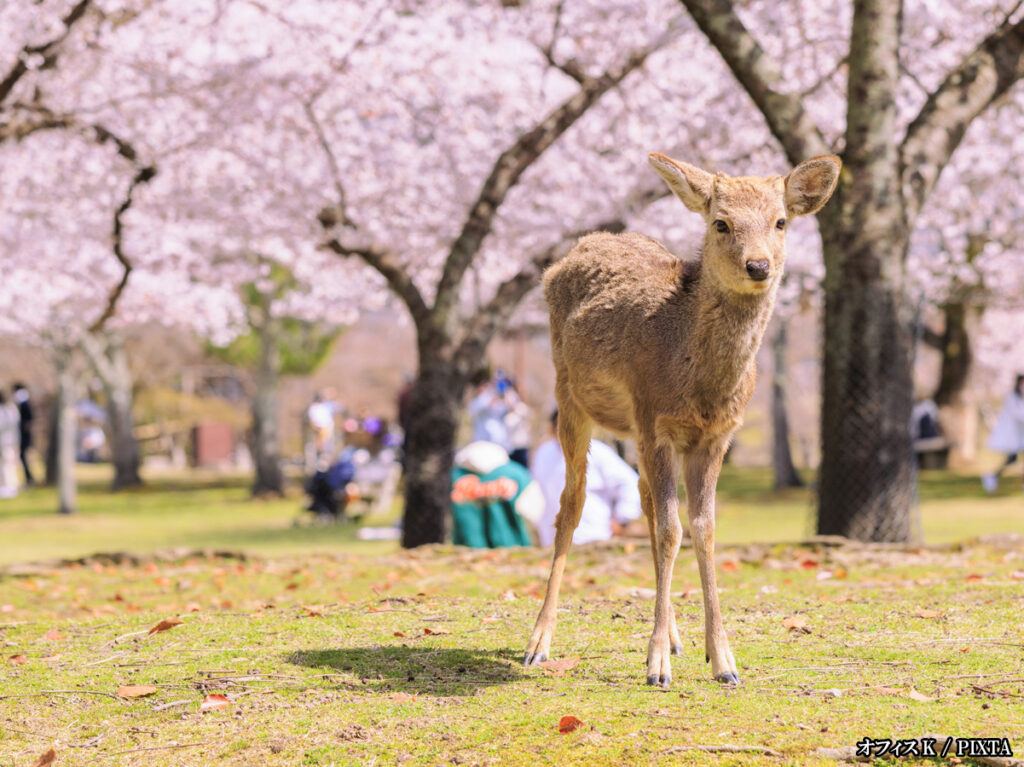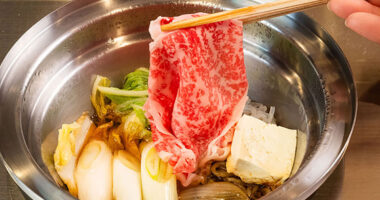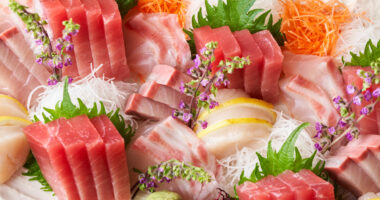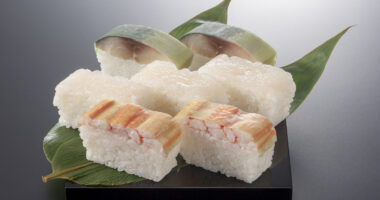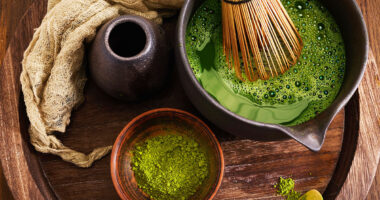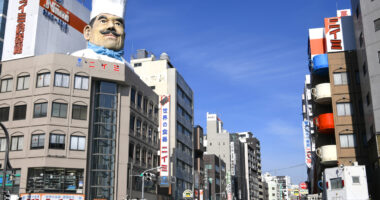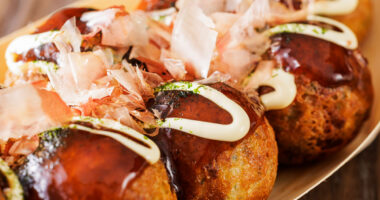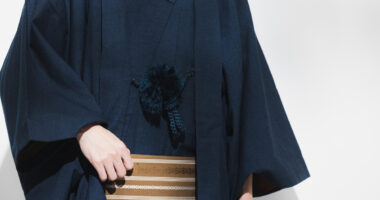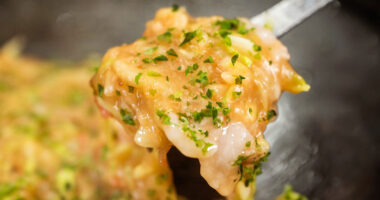Understanding Nara’s deer
The cultural significance of Nara deer
Nara Park is home to hundreds of freely roaming sika deer, long regarded as a symbol of the city and a major draw for visitors. Historically, these deer were considered sacred messengers of the gods in Shinto tradition, and harming one was once punishable by death. After World War II, their legal sacred status was rescinded, but they remain culturally treasured and are now designated as Natural Monuments under Japanese law. This belief influences both how the deer are treated and how visitors are expected to interact with them. Understanding this context is crucial not only to showing proper respect but also to ensuring a safe and positive experience.
Want to dive deeper into the spiritual roots of Nara’s deer? Read our companion article: “What Makes Nara’s Deer Sacred? A Cultural Guide for First-Time Visitors.”
Why appropriate behavior matters when interacting with deer
Because of their sacred status, the deer in Nara Park are accustomed to being around people. While they may seem gentle or approachable, they are still wild animals and should be treated with care. Following local etiquette protects both visitors and deer, honors their cultural significance, and helps maintain the park as a place where people and animals can coexist peacefully. Moreover, as of April 1 2025, amendments to the Nara Prefectural Urban Park Ordinance explicitly prohibit “harmful acts” toward the deer.
Dos of interacting with Nara deer
Appropriate ways to approach and observe deer
When approaching deer, stay calm and move quietly. Sudden movements or loud noises can startle them, so it’s best to observe from a respectful distance and give them space to go about their usual routines. Many visitors enjoy taking photos, but it’s important to do so without making the animals feel cornered or confined.
Recommended items for feeding deer
If you plan to feed the deer, buy only the designated shika senbei (deer crackers) sold by park vendors. These are made specifically for the deer and are safe for them to eat. Park authorities strongly discourage giving them any other food, as it is not part of their natural diet and may be harmful.
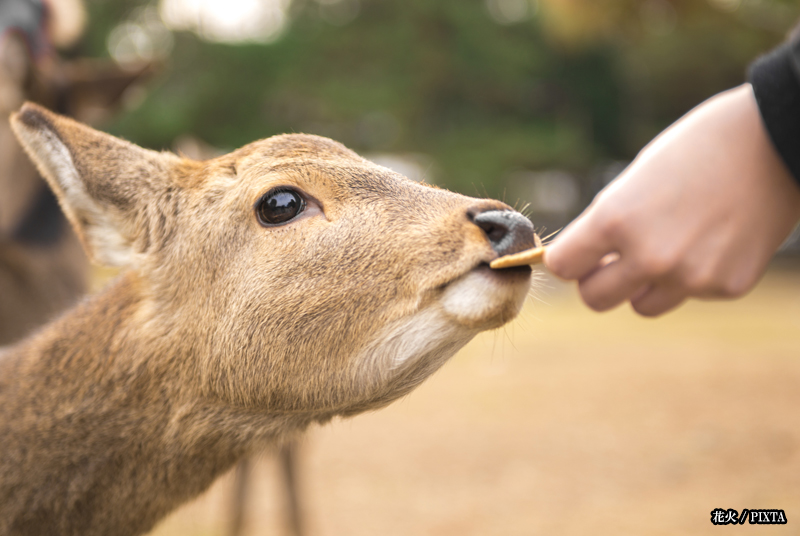
Photo for illustrative purposes
Respectful behavior towards deer in public spaces
Deer roam freely not only in Nara Park, but also into nearby streets, temple grounds, and shopping areas. Wherever you encounter them, give them space and let them move as they please. Do not block their path or try to control where they go.
Don’ts of interacting with Nara deer
Actions to avoid: physically harming, teasing, and chasing deer
Never tease, chase, or startle the deer, and of course, never hit or kick them either. These actions are strictly prohibited. It can cause stress for the animals and may even lead to defensive or aggressive behavior. Children should take extra care and be closely supervised to ensure they interact safely and respectfully.
Inappropriate food items and feeding practices
Do not feed the deer anything other than the designated shika senbei sold in the park. Human food—such as snacks, candy, or bread—can upset their stomach and cause illness. Also avoid waving food in front of the deer or trying to lure them with it.
Safety precautions for tourists
Most deer in Nara are gentle, but they are still wild animals and can act unpredictably. Be especially cautious around males during the autumn mating season, as their antlers can cause injury. Keep a respectful distance and avoid turning your back on them, especially if you are holding food.
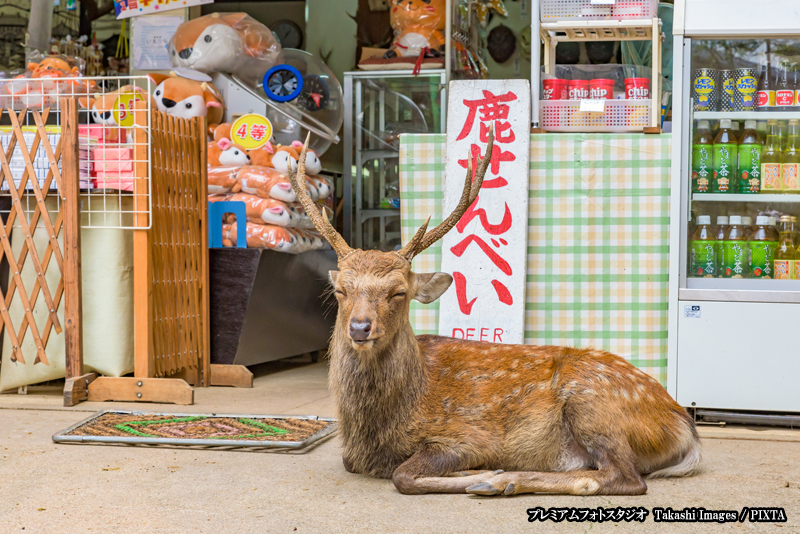
Photo for illustrative purposes
Additional tips for specific situations
Advice for families with young children
Always keep a close eye on children when they’re around the deer. Teach them to be gentle, stay calm, and avoid running or shouting, which can startle the animals. If feeding the deer, make sure children hold on to shika senbei firmly, as deer may become assertive when food is visible.
Handling aggressive behavior from deer
Some deer in Nara may become assertive or even aggressive when seeking food, especially if they’ve learned to expect it from visitors. They may nudge, chase, or follow people who are holding or have recently offered food. In some cases, they’ll bow to solicit more snacks—a learned behavior that, while charming at first, can reinforce overly persistent conduct. To avoid encouraging this, feed shika senbei calmly and directly, then clearly show your empty hands. If a deer becomes pushy, stay calm, avoid sudden movements, and back away slowly.
By following these guidelines, visitors can enjoy a safe and memorable experience with Nara’s iconic deer, while also protecting the animals and supporting the traditions that make Nara such a unique travel destination.
